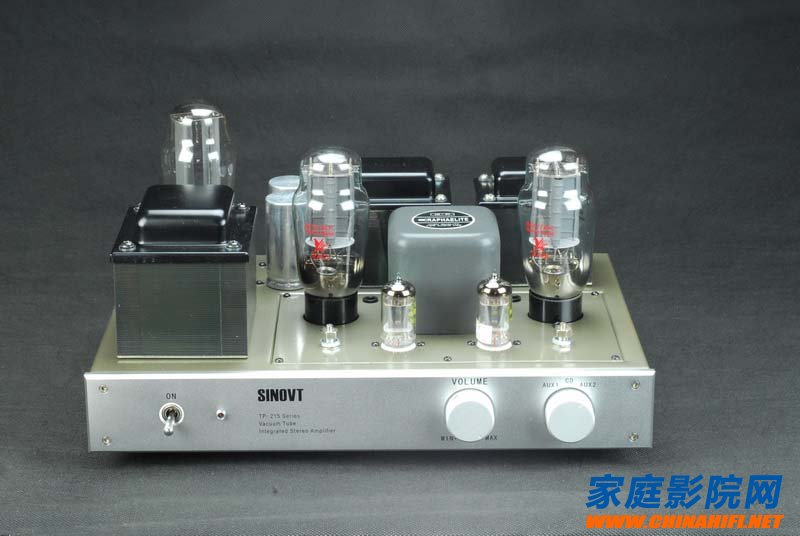There is a design principle in the electronic circuit of the home theater network (), that is, "the output impedance of the pre-stage circuit is preferably 1/10 of the input impedance of the post-stage circuit." Because this will not produce a bad "load effect."

So what is the "load effect"? Take a simple example to understand: for example, there are many appliances in the home, then the voltage that the power socket can provide may drop. If the air conditioner is turned on at this time, the light will be found. The brightness becomes darker. Why? This is because of the adverse effects of excessive power load and voltage drop. Therefore, if the power supply is to be normal and maintained at the rated 220V, the load should not exceed the rated value, otherwise a bad load effect will occur. Therefore, it is necessary to avoid adverse load effects on the sound. The output impedance of the front stage is preferably 1/10 of the input impedance of the latter stage. The latter stage is a small load for the front stage, so that it does not affect the front. Level of work.
So, why should the tube amp use an output transformer?
Because the output impedance of the tube is very high, in most cases it is impossible to reach the post-stage load, which is the requirement of the speaker impedance of 1/10. Therefore, the output transformer must be used to convert the impedance, so that the tube with high output impedance can also Drive low impedance speakers. The reason why the transistor machine does not need to use the output transformer? That is because the output impedance of the transistor is very low, most of the design can easily reach less than 1/10 of the speaker impedance, so the transistor machine does not need to use the output transformer.
Since the tube needs to use the output transformer to drive the speaker effectively, why is there 4 4Ω, 8Ω, 16Ω and other output taps on the output transformer? The answer is also very simple, in order to make the output power of the vacuum tube reach the most efficient conversion, output The secondary coil of the transformer must be adjusted for different impedances of the speaker, with different coil diameters and turns, and finally the complete impedance matching can be achieved. The power generated by the tube can be transmitted to the speaker as much as possible, thereby reducing the The necessary loss.
In the method of winding the transformer, the taper with lower impedance has a thicker wire diameter and fewer turns, but the output current is larger. The 4Ω average speaker is connected to the 4Ω output terminal, which not only avoids load effects, but also achieves near-rated power transmission. However, if a speaker with an average impedance of 4 Ω is connected to the 16 Ω output terminal, not only the load effect but also the rated power transmission cannot be obtained. This is not a good thing for amplifiers and speakers.
However, the general tube amp has only three impedance outputs of 4Ω.8Ω.16Ω, so how to connect the 6Ω speaker?
As can be seen from the above description, the load effect is not generated on the terminal of 4 Ω, and good power transmission can be obtained, which is theoretically an ideal connection. But the difference between the 8Ω output terminal and 6Ω is not too big. At the same time, the impedance of the speaker is not constant, but it changes with the frequency of the AC signal. Therefore, it can also be connected to the 8Ω output terminal to try and listen. Which one is more ideal, it should be a better choice. More home theater audio knowledge, welcome to pay attention to China's home theater network official WeChat: cnhifi, exciting content updated in real time.
Usb Common Mode Choke,Magnetic Ring Inductor,Wurth Inductor,Coilcraft Inductor
IHUA INDUSTRIES CO.,LTD. , https://www.ihua-coil.com